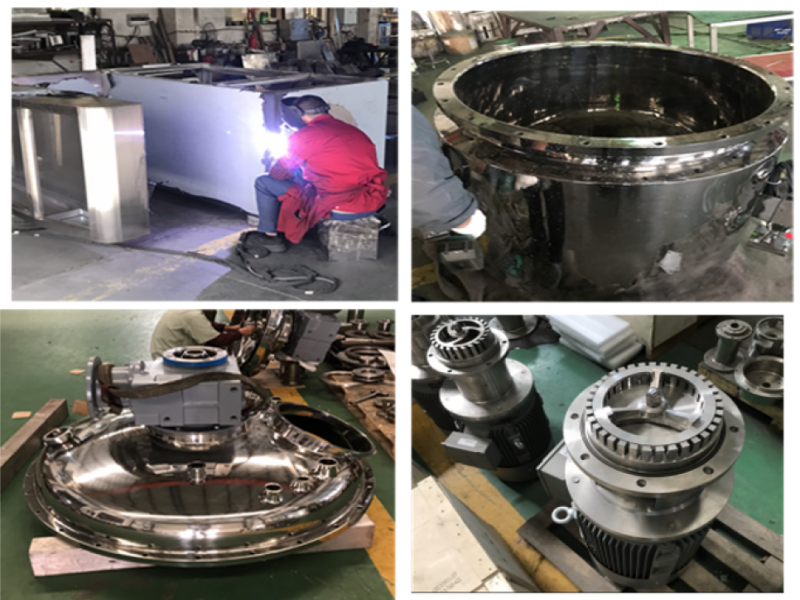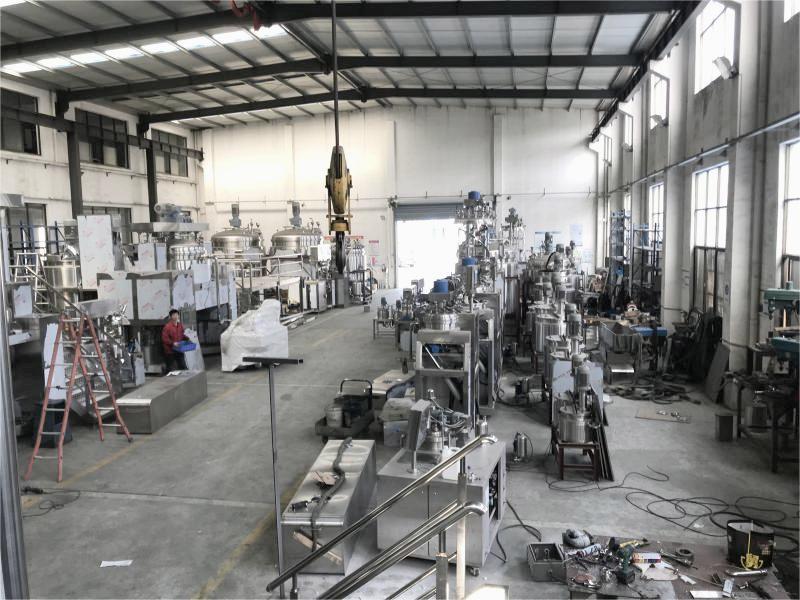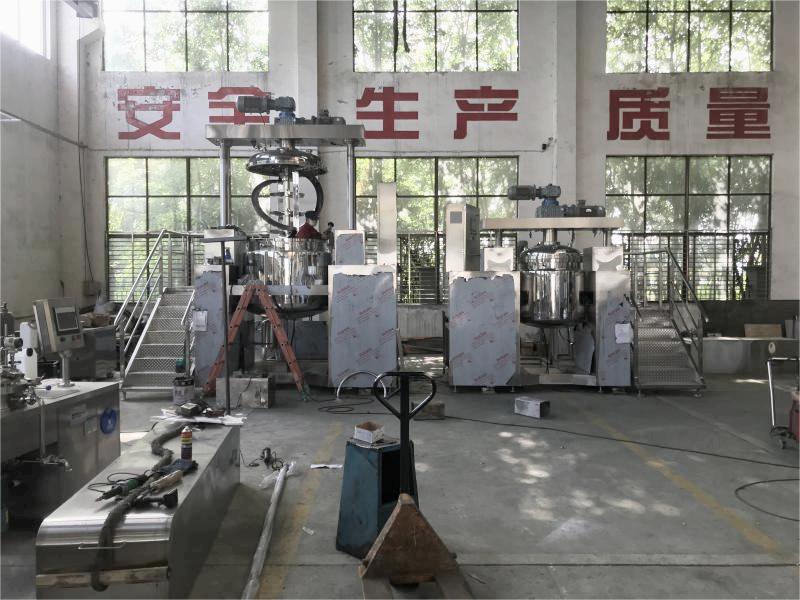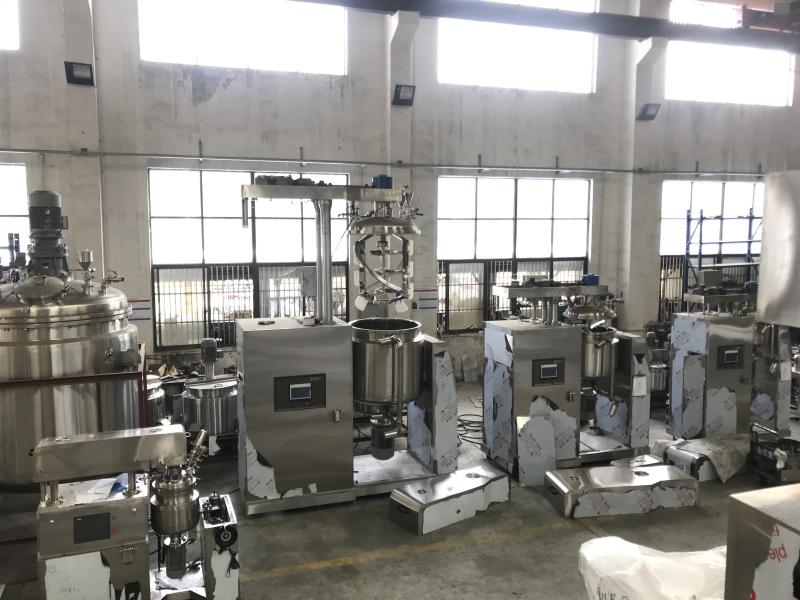Emulsifying machine shop production is a key component of many industries, from cosmetics to food manufacturing. These machines are responsible for creating emulsions, or stable mixtures of two or more immiscible liquids, by breaking down the droplets and dispersing them evenly throughout the mixture.
One of the most popular emulsifying machines is the Vacuum Emulsifying Mixer, This machine uses a high-speed rotating blade to mix and disperse the ingredients, while also applying a vacuum to remove any air bubbles and improve product stability. The advantages of using a Vacuum Emulsifying Mixer are many. First, it allows for precise control over the mixing process, ensuring that the ingredients are thoroughly combined and the emulsion is stable. Additionally, the vacuum reduces the need for chemical stabilizers and preservatives, resulting in a more natural and healthy product.
But how exactly are emulsifying machines produced in a shop setting? The production process typically involves several stages, from design and fabrication to assembly and testing. At the design stage, engineers and technicians work together to create a prototype of the emulsifying machine. This involves determining the specifications and features of the machine, as well as selecting the appropriate materials and components.
Once the design is finalized, the fabrication process begins. This may involve using a combination of manual and automated techniques, such as welding, cutting, and machining, to create the individual parts of the machine. The quality of these parts is critical, as even small imperfections can impact the efficiency and effectiveness of the machine. After the individual parts have been fabricated, they are assembled into the final product. This may involve using specialized tools and techniques to align and connect the various components of the machine, as well as testing and adjusting the machine to ensure that it operates properly.
Once the machine has been fully assembled, it undergoes extensive testing to ensure that it meets the necessary standards for quality, performance, and safety. This may include running the machine under various conditions and stress tests, as well as conducting checks for durability and reliability. Overall, the production of emulsifying machines in a shop setting requires a combination of skilled labor, precision engineering, and rigorous testing and quality assurance. By ensuring that each component of the machine is carefully crafted and rigorously tested, these machines can perform their essential role in creating stable emulsions for a wide range of industries.
The vacuum emulsifiers produced by our company include many varieties. The homogenizing systems include top homogenization, bottom homogenization,internal and external circulating homogenization. The mixing systems includesingle-way mixing, double-way mixing and helical ribbon mixing. The lifting systems include single-cylinder lifting and double-cylinder lifting. Various high quality products can be customized according to customer requirements.
Overall, the production of emulsifying machines in a shop setting requires a combination of skilled labor, precision engineering, and rigorous testing and quality assurance. By ensuring that each component of the machine is carefully crafted and rigorously tested, these machines can perform their essential role in creating stable emulsions for a wide range of industries.

Post time: May-22-2023






